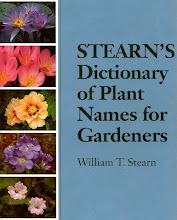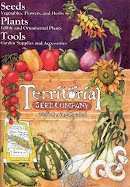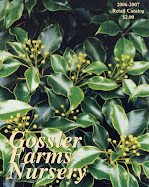Pinus kwangtungensis in the Cascadia Garden October 2011
Pinus kwangtungensis at Washington Park Arboretum November 2011
Pinus kwangtungensis at Washington Park Arboretum November 2011
Pinus kwangtungensis at Washington Park Arboretum November 2011
Pinus kwangtungensis cones from the Cascadia Garden
Kwangtung Pine is a beautiful tree. I'm completely enchanted by the specimen I got from Terra Nursery (in Redmond, WA) at a Northwest Horticultural Society plant sale in 2006. It has been popular with tourists at the Cascadia Garden, always receiving positive comments. The blue-green color is excellent. Both new & old cones are attractive. It has taken well to life in a large pot. I was excited to recognize the tree at the Washington Park Arboretum, along the east side of the East Drive near the Pacific Rim Garden, in November of 2011. It has a very fine, slender form. I would certainly plant it, if there were enough space. In fact, I'd plant a grove. According to the South China Botanical Garden, Guangzhou, Guangdong Province, P. R. China: Pinus kwangtungensis is a vulnerable species in China. It has often been confused, and even united, with Pinus fenzeliana; however, the two species are not considered here to be conspecific. It is found on hills, slopes, mountain ridges, summits at 500-1600 meters in N Guangdong, SW Guangxi, S Guizhou, Hainan, S Hunan & Vietnam.
















































































